The Thoroughbred is a breed of domestic horse best known for its use in horse racing. People originally bred this now-globally treasured species in England during the 17th century. Scientists classify all domestic horses in the species Equus caballus. Other members of the genus include several species of zebras, wild horse species, and donkeys. Read on to learn about the Thoroughbred.
Description of the Thoroughbred
This breed has a muscular, yet lean and proportioned build. Their long legs and deep chests help carry them through moderately lengthy races at fast speeds. Most individuals of this breed have chestnut, brown, black, or gray colored coats, though some variations exist.
Members of this breed typically stand between 15 and 17 hands tall from the shoulder (or withers) to the ground. As a “hand” is 4 inches, this translates to roughly 60 to 68 inches tall at the shoulder.
Interesting Facts About the Thoroughbred
This incredibly well-known breed has a number of unique traits and characteristics. Learn more about what makes them so interesting, below.
- Founding Fathers – Most modern-day Thoroughbreds can trace their lineage back to one of three primary studs or stallions in England. People originally imported the stallions to England in the late 17th and early 18th
- Arabian Roots – The original breeders in England founded this breed from three primary types of stallions. They used Arabians, Turkomans, and Barb horses to create the first Thoroughbred
- Hot Blooded – People refer to this breed, along with Arabians and several other breeds, as “hot blooded.” This means that in general, the horses have spirited temperaments and high agility and speed.
- Top Dollar – Though price varies drastically based on the animal, these horses typically sell for high amounts due to their value in the racing industry. Breeding females sell for an average of $70,000 or more!
Habitat of the Thoroughbred
Because this breed came from several different types of horse breeds, it did not have a distinct original wild “habitat” that you might have for some other breeds, such as the Arabian. Instead, with domestic ancestors, this breed has always occupied farmland, pastures, and other similar human-related habitats.
Distribution of the Thoroughbred
People originally bred this horse in England. From England, this breed quickly spread throughout the globe, primarily for horse racing. North America imported the horses first, followed by other parts of Europe, Australia, South America, Japan, and more. You can now find this breed virtually worldwide.
Diet of the Thoroughbred
Like all horses, this breed has herbivorous feeding habits. Within its pastures, it feeds on whatever grasses it can access, and the occasional shrub or bush. People largely supplement their diet with grains, pelleted feed, and hay as well to ensure adequate growth and energy levels.
Thoroughbred and Human Interaction
People created this breed by selectively breeding individuals with desired traits, particularly for racing. Though horse races make up the bulk of their use, people also use them for jumping, dressage, fox hunting, polo, and more. A number of other breeds have Thoroughbred ancestors as well.
Domestication
The English people began to develop this breed in the early 17th century. After its establishment in the 18th century, other countries began to import the breed well into the 19th century. The original breeders chose horses with long legs and lean but muscular bodies to sustain them for swift and moderate-length races.
Does the Thoroughbred Make a Good Pet
No, you generally do not keep this breed as a pet. It does not have a docile nature, and while it does make for a good race or show horse, its temperament does not make it a good choice as a pet or for beginners.
Thoroughbred Care
This breed has basic needs similar to any other domestic horse. It has a social nature, and does best in a group or a herd. You should provide large pastures with plenty of grass to eat and room to exercise, and you should also supplement their diet with grain and hay. Additionally, you must provide access to fresh water at all times, and shelter of some form.
Behavior of the Thoroughbred
This breed has a “hot-blooded” disposition. Generally, individuals have spirited temperaments and high energy. Though this makes them a great choice for racing and sporting, it also makes them a poor choice for recreational or leisure riding.
Reproduction of the Thoroughbred
This breed has the same reproductive rates as any other breed of horse. People carefully regulate the breeding of this type of horse to maximize speed and stamina through breeding. Some utilize artificial insemination to avoid moving horses long distances for breeding and adding stress.
After mating, the mares undergo a gestation period of approximately 11 months. Mares typically give birth to a single offspring, known as a foal. People wean foals when they are between four and six months of age.



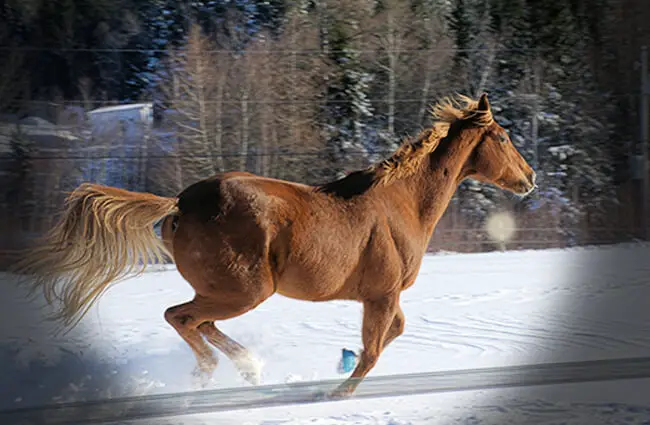
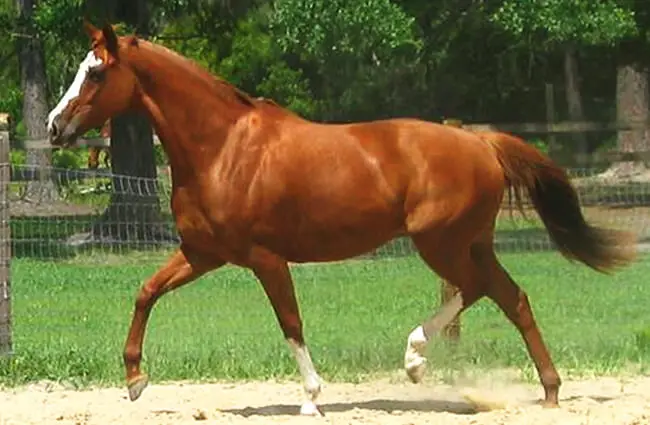
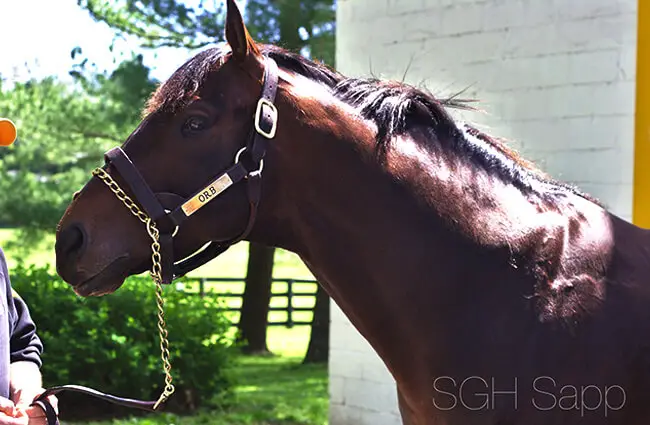
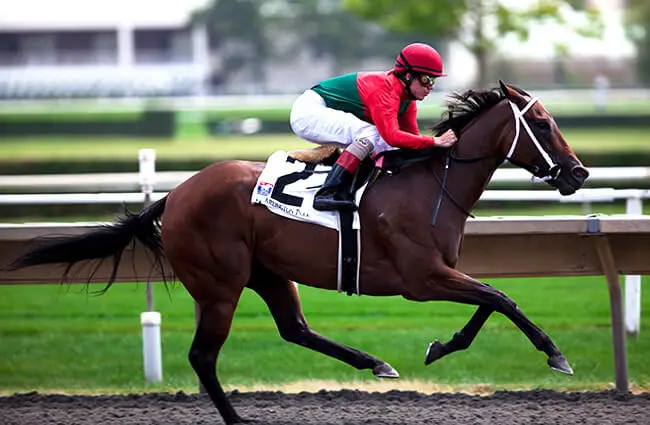





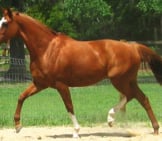

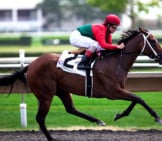
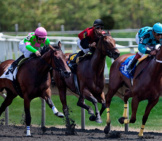
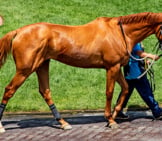
![Red Angus Closeup of a beautiful Red Angus cowPhoto by: U.S. Department of Agriculture [pubic domain]https://creativecommons.org/licenses/by/2.0/](https://animals.net/wp-content/uploads/2020/03/Red-Angus-4-238x178.jpg)




![Red Angus Closeup of a beautiful Red Angus cowPhoto by: U.S. Department of Agriculture [pubic domain]https://creativecommons.org/licenses/by/2.0/](https://animals.net/wp-content/uploads/2020/03/Red-Angus-4-100x75.jpg)

